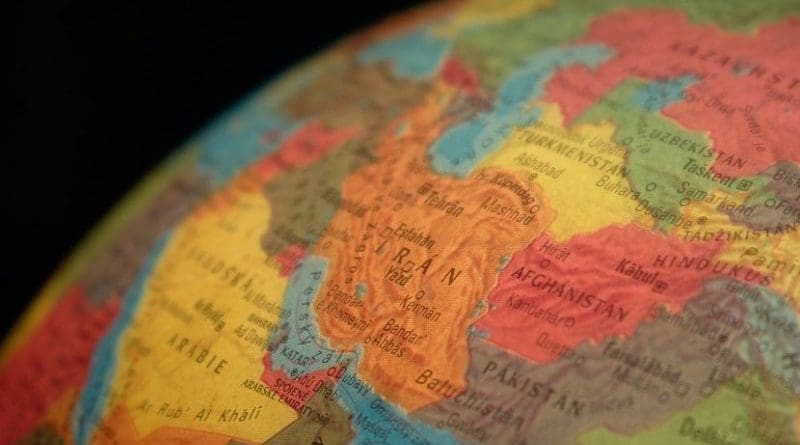Al Jazeera Social Media Head Speaks On New Media And The Arab Spring
Speaking at a pace that mirrored the speed of a Twitter feed, Riyaad Minty, head of social media for Al Jazeera, shared lessons from the Arab Spring with more than 300 journalists at the East-West Center’s 2012 International Media Conference at Yonsei University in Seoul.
To an engaged audience, Minty said it is not merely protesters or media that change the faces of regimes. In fact, it was a simple hashtag, he said, that rose from the death of a Tunisian street vendor named Mohamed Bouazizi, that effected change in the 2011 Arab Uprising. Bouazizi immolated himself to protest against the police in Tunisia — an incident ignored by the mainstream media but broadcast by citizens through social media. They created a hashtag based on the street vendor’s name, #sidibouzid, and the news of his self-sacrifice spread and started the revolutions throughout the Middle East.
“This is one of the most amazing things that happened — the power of hashtag,” Minty said. “Never before would we have thought that in such a short space of time that people doing something like this could have an impact that could overthrow a government.”
The Arab Spring has taught all mainstream media a lesson, he said, as citizens have risen to do exactly what journalists do, namely live tweeting and live blogging.
“What journalists need to do is to put the information in context and broadcast back to their audience. They then need to pay attention to and engage their audience by posting and responding to their feedback.” Journalists, he said, need to increasingly view themselves as content producers and curators instead of TV broadcasters.
When Egypt took over the revolutions after Tunisia, something important happened, he said. For the first time in history, citizens reported their revolution through their own eyes.
“Mainstream media is no longer in power,” Minty said. “People now have the power to tell the message in their own way … It’s up to us in the mainstream to put it in context and give it to our audience.”
He offered this formula for a new definition of journalism: (info – noise) + context = accurate reporting
People often ask him if they are witnessing a “Facebook Revolution,” he said, to which his reply is “no.”
It’s a “People Revolution,’” he said. “The thing for me about new media and social media is that it’s not about understanding technology but about understanding people and helping people use technology.”
During the Arab Spring, Al Jazeera experienced a 2,500 percent viewing increase, 71 percent of which came from social media, according to Minty.
But there is a price to pay to telling the truth. “But not telling is even harder… even if it’s only 140 characters at a time.”
Yoichi Funabashi, former editor-in-chief of Asahi Shimbun and chairman of the Rebuild Japan Initiative Foundation, shared similar sentiments and lessons learned.
When a magnitude 9.2 earthquake, followed by a tsunami, shook Fukushima in March 2011, the performance of new media outshone traditional media, Funabashi said.
Pray for Japan, a website initiated by a 20-year-old Japanese student, collected Twitter messages related to the disasters. The project was turned into a book 44 days later, generating funds for disaster relief.
He cited another example of new media performing a valuable service that originated with Tokyo University Professor Ryugo Hayano. He used Twitter to provide information about nuclear radiation and to answer questions from his followers. His postings became widely popular as his Twitter followers grew from 2,000 to nearly 141,000.
But traditional media were “timid” to try new ways to reach their audience, Funabashi said, and focused their reporting more on investigations later. “They demonstrated their strength in that manner,” he said.
Social media “are good at providing raw media, ” he said, “but still weak at contextualizing the data.”
Funabashi said he finds the two are complementary and looks forward to seeing them converged in the future.
— Reporting by Regina Wang, Missouri School of Journalism

